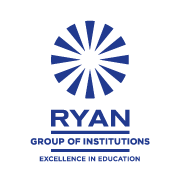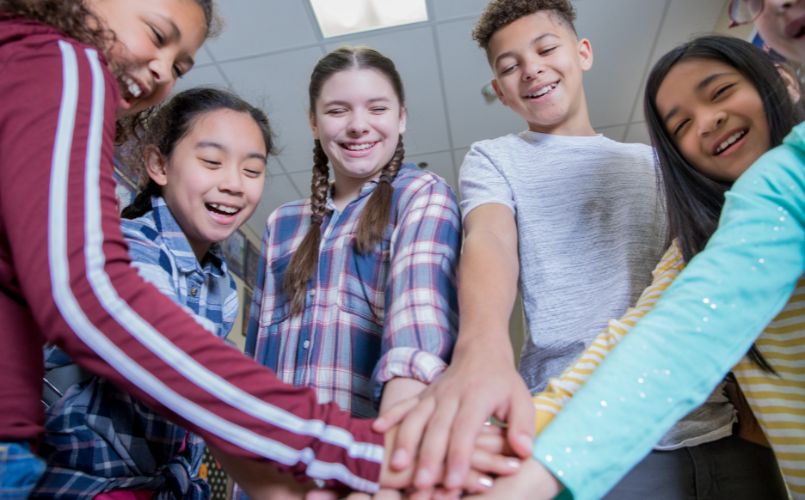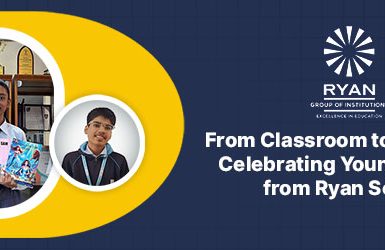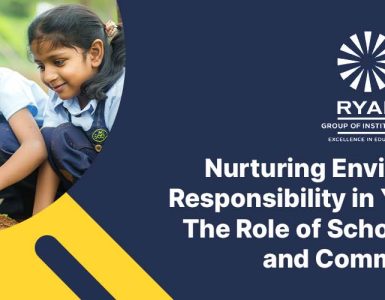The Synergy of Individual and Collective Learning
In the changing landscape of K 12 education it has become crucial to incorporate innovative teaching methods. One approach gaining popularity in India is blended learning. While this term often brings to mind technology driven classrooms and digital platforms there is another important aspect; collaborative learning.
Blended learning combines classroom teaching with online education at its core. However it goes beyond this dichotomy by creating an environment where students can learn not from their teachers but also from one another. This collaboration between collective learning is where the real magic happens. When students collaborate they bring perspectives to discussions leading to more in depth understanding and a more comprehensive learning experience.
The Shift from Competitive to Collaborative Learning Environments
Traditionally the Indian education system has fostered a spirit among students. They have been frequently pitted against each other in a race for grades and rankings. However as our world moves towards interconnectedness and collaboration our classrooms need to reflect this change. Blended learning environments offer the platform, for this transformation with their blend of online and offline interactions.
In this setting, cooperation becomes more important than competition as students work together on projects participate in group discussions and even teach one another. This creates a sense of community and mutual respect.
Understanding the Mechanics of Peer Collaboration in a Blended Setup
Digital Tools Facilitating Peer Interactions
The revolution in education has brought forth numerous tools that aim to enhance peer interactions. Platforms such as document editors, discussion forums and virtual breakout rooms have become essential components of blended learning. These tools not just bridge the gap between remote learners but also encourage active participation and equal opportunities for all students.
For example group projects that used to require face to face meetings can now be seamlessly conducted online. Students can collaborate in time by co editing documents sharing ideas on virtual whiteboards and assigning tasks, through task management tools. These digital aids ensure that collaboration is not limited by boundaries or time restrictions.
The Balance of Online and Offline Collaborative Activities
While digital tools play a role the true essence of collaboration goes beyond technology alone. Blended learning strikes a balance by ensuring that students also engage in collaborative activities. Traditional classroom discussions, group projects and peer tutoring sessions remain parts of the learning process.
Blended learning offers an approach where educators can assign research tasks online followed by group presentations offline. Another option is to have students engage in debates and then discuss their perspectives in classroom conversations. This combination of offline activities allows students to benefit from the advantages of technology while still experiencing the personal interactions found in traditional classrooms.
The Tangible Benefits of Blended Learning
Enhanced Problem-Solving through Diverse Perspectives
One notable advantage of work in blended learning is the integration of diverse perspectives. When students with varied backgrounds and ways of thinking come together it creates a more comprehensive problem solving environment. For example in a setup a math problem could be approached from various angles with each student contributing their unique approach. This not deepens their understanding of the subject but also fosters respect for different viewpoints.
Furthermore gamification can be incorporated into these sessions as an innovative teaching method. By introducing game elements educators can make problem solving exercises more engaging and interactive. Imagine students working together in teams competing in a math puzzle game. Such activities make learning dynamic and enjoyable ensuring participation, from students.
Building Essential Soft Skills for the Future
In addition to knowledge succeeding in the modern world requires a set of essential soft skills. Communication, teamwork and empathy are examples of skills that are best nurtured in collaborative environments. Blended learning, which combines offline interactions provides an ideal platform for cultivating these abilities.
For instance working on a group project enables students to practice delegating tasks communicating progress effectively and resolving conflicts. These experiences prepare them for real life situations where collaboration plays a role. Moreover the digital aspect of blended learning ensures that students become tech individuals who are ready to confidently navigate the digital future.
Debunking Common Myths Around Blended Learning
Blended Learning vs. Traditional Methods: A Comparative Analysis
Despite its increasing popularity blended learning is often misunderstood. Some view it as a digital extension of traditional classrooms while others worry that it may diminish face to face interactions. Lets clarify things.At its core blended learning does not aim to replace classrooms but rather enhance them. The integration of components offers flexibility personalized learning paths and access, to a wider range of resources.
For example of relying solely on a single textbook like traditional methods blended learning incorporates a variety of resources such as videos, interactive simulations and global discussions. This creates a diverse and engaging educational experience.
Furthermore the in person interactions in a learning environment are particularly impactful. Since students already have knowledge from online sources classroom sessions can delve deeper into discussions, debates and hands on activities. This way students benefit from the best of both worlds.
Addressing Parental Concerns and MisconceptionsAddressing Parental Concerns and Misconceptions
It’s understandable for parents to have concerns about educational approaches. One common misconception is that blended learning might result in screen time that could negatively affect a childs health. However this is not the case.
Blended learning emphasizes balance. While there are components involved they are thoughtfully combined with offline activities to ensure that students aren’t constantly glued to screens all day long. Additionally the online resources used in learning are purposeful and educational rather, than passive screen consumption.
Another concern is the lack of social interactions. However as we have observed earlier blended learning actively promotes peer collaboration to help students develop interpersonal skills.
The Future of Blended Learning in India’s K-12 Education
The Role of Technology in Pedagogical Evolution
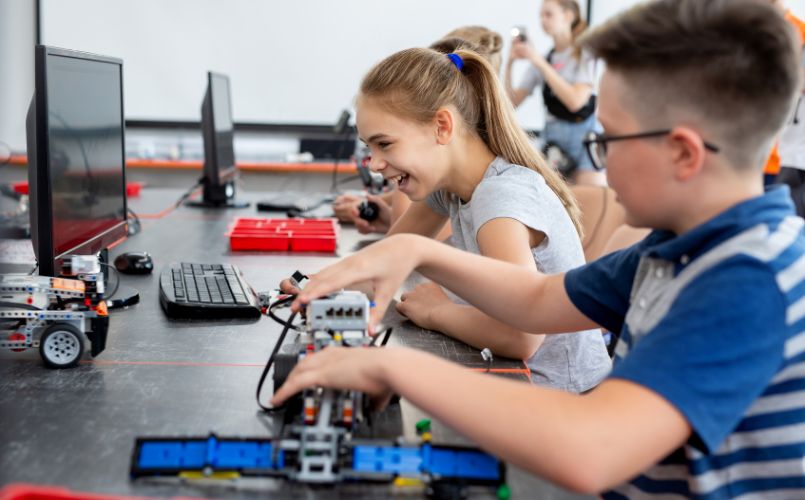
Indias education landscape is undeniably moving towards a more integrated approach that incorporates technology. As the nation progresses into the age K 12 schools are also evolving their teaching methods to align with this shift. Blended learning, which lies at the core of this transformation is expected to play a significant role in the years to come.
With the emergence of technologies such as Artificial Intelligence (AI) and Augmented Reality (AR) blended learning is set to offer a more enriching educational experience. Just imagine a history lesson where students can virtually explore the Indus Valley Civilization through AR or an AI driven platform that tailors personalized quizzes based on each students learning pace. The potential for innovation is limitless. It paints a promising picture for the future.
Preparing Students for a Digitally-Driven World
Education goes beyond simply acquiring knowledge; it involves equipping students with the skills necessary to thrive in a digitally driven world. In an era where digitalization prevails it becomes crucial for students to be tech savvy, adaptable and collaborative.
Blended learning combines teaching methods, with digital tools to ensure students are well prepared for this future. It not helps them become proficient technology users but also fosters a mindset of continuous learning throughout their lives.
As students navigate through the world they develop the ability to gather information from various sources work together with people from different countries and analyze situations thoughtfully. These skills are crucial, in the era.
